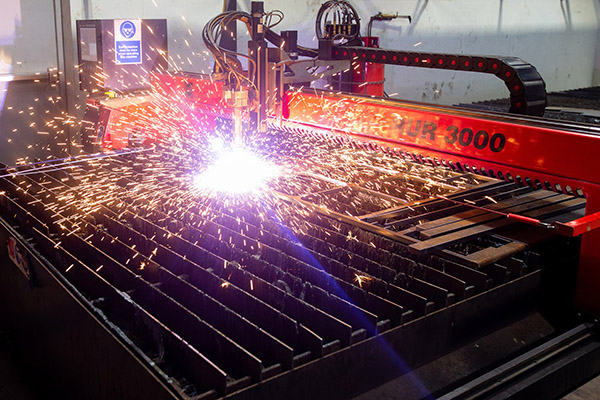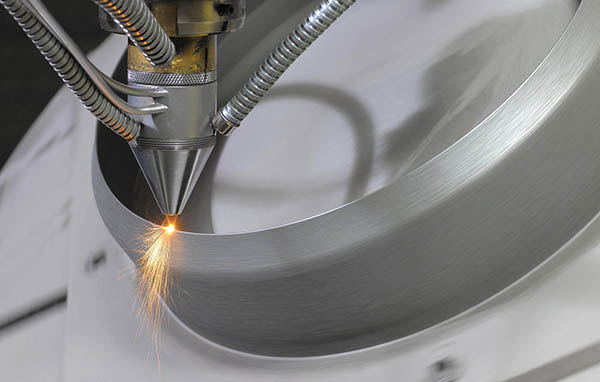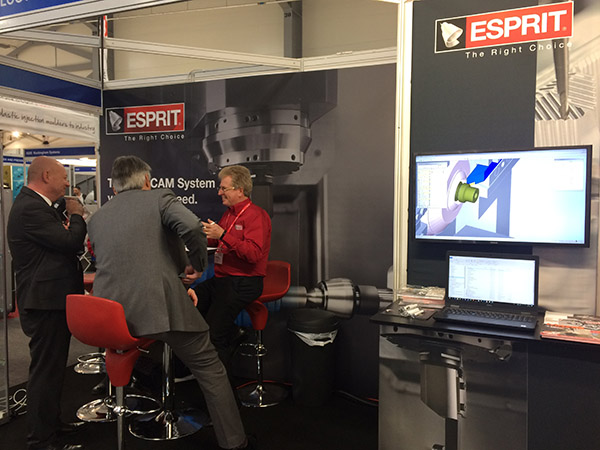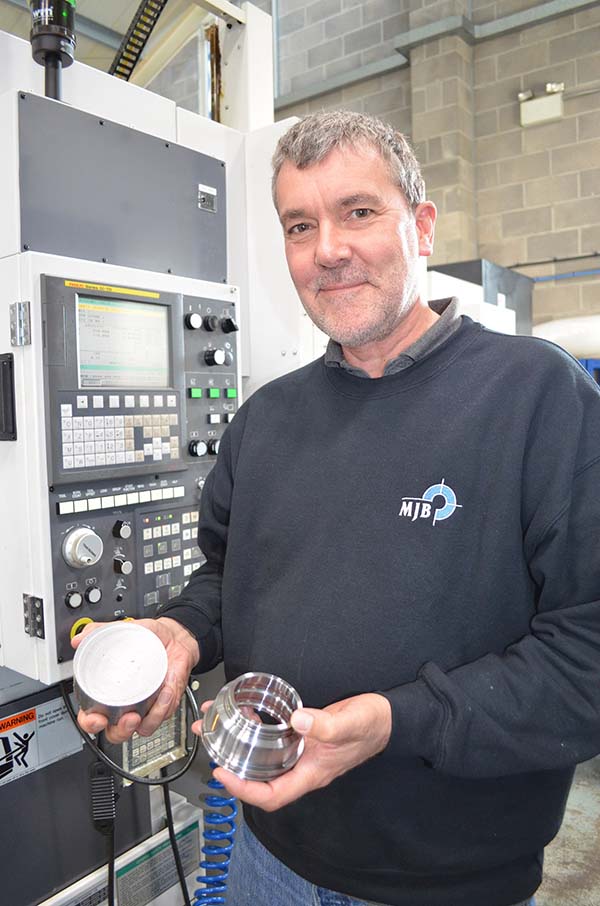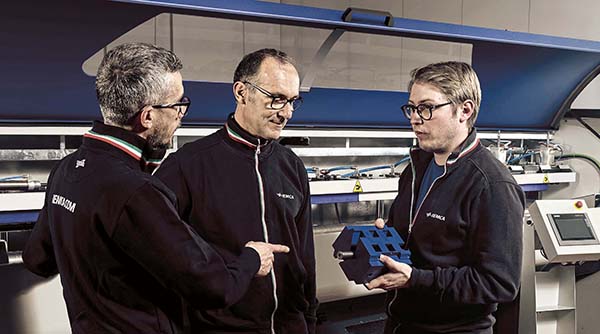To help Dungannon-based BSK Engineering serve a growing number of customers in the quarrying sector, the company has been busy investing in cutting technology.

Commenting upon the 2012 arrival of its first Kerf plasma cutting machine, a 3 x 1.5 m RUR2000P, managing director Barry Kerr says: “When buying our first machine, we looked at three suppliers. We also considered what other local companies were buying, and they were all investing in Kerf, and the feedback we had from them was extremely positive.”
From 2012 to 2016, BSK Engineering was repeatedly turning away larger scale quarry work, so the company opted to invest in its second Kerf machine in August 2017, an RUR3000P plasma cutting machine with a Lincoln Electric Spirit II 275 amp UltraSharp plasma-cutting system. The 8 x 2.5 m bed machine provided the much needed capacity for cutting quarry parts, such as 7 x 2 m screen slides.
BSK almost doubled its turnover from £600,000 in 2015 to £1.1m in 2017. With two machines running 24 hours a day and operating at weekends, the company needed a third machine – and Kerf duly obliged. In August 2018 the third Kerf machine arrived, another 8 x 2.5 m RUR3000P with a Lincoln Electric Spirit II 275 amp UltraSharp plasma-cutting system.
“We bought the third Kerf machine to alleviate the capacity issue and move from 24-hour production to single-shift manufacture,” says Kerr. “We have grown our staff from 3 to 15, and our turnover has almost quadrupled to £2m in just three years. It is the reliability and service of Kerf that has given us the confidence to grow, while ensuring we can still meet the short lead-times required by our customers.”
For further information www.kerfdevelopments.com






